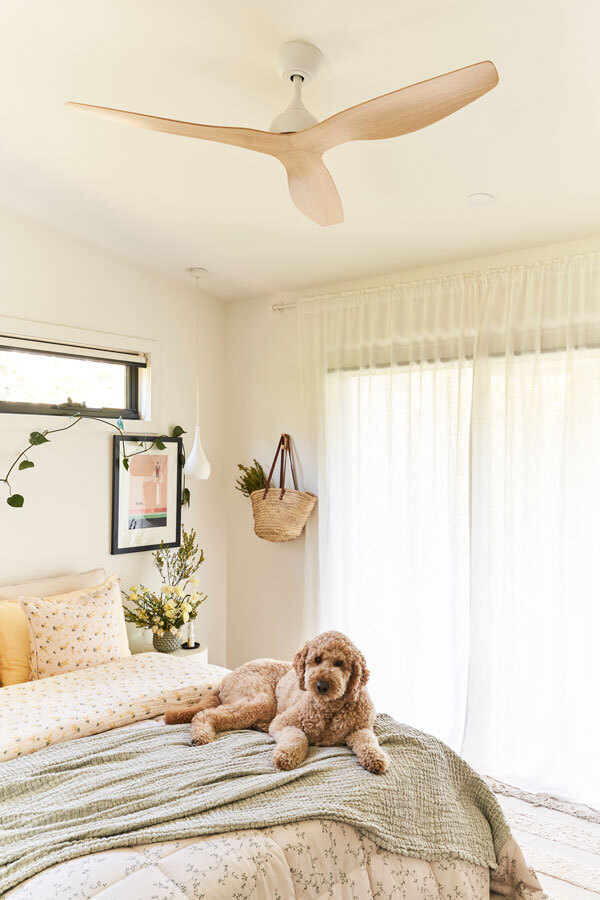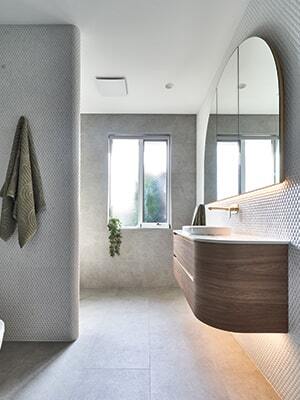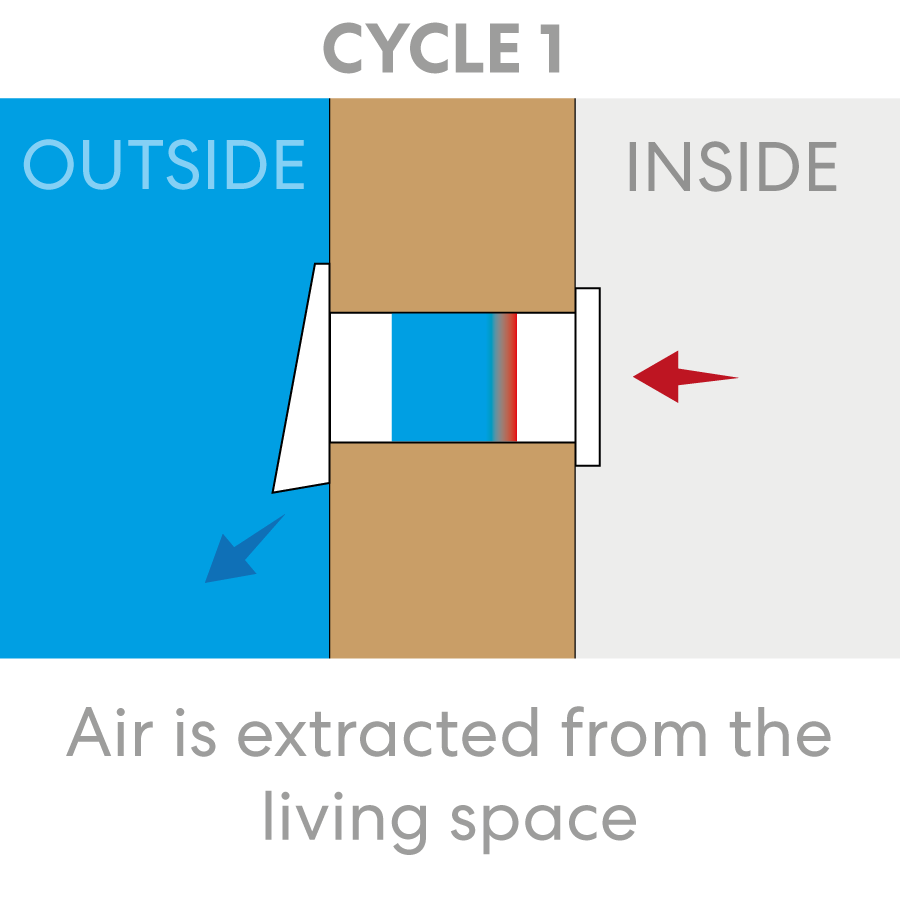“Energy efficiency” is a term that gets thrown around a lot when talking about technology. With the threat of climate change and the rise of alternative energy sources in recent years, energy efficiency is more relevant than ever. But what does it really mean? On a larger scale, how does energy efficiency affect the planet? And how does it affect our quality of life?
To put it simply, energy efficiency is a measure of how effectively a device or system converts energy input into useful output while minimising energy waste. In the context of home appliances, it refers to their ability to operate while consuming the least amount of energy possible. This is achieved through various design and technology improvements that aim to reduce energy consumption and environmental impact.
Using energy-efficient appliances has several benefits:
Energy-efficient appliances consume less electricity resulting in lower utility bills and long-term cost savings over time.
Reduced energy consumption produces less greenhouse gas emissions, leading to a smaller carbon footprint. This helps in mitigating climate change and preserving natural resources.
Using energy-efficient appliances minimises resource consumption and waste generation, thus, making it a more sustainable option.
Energy-efficient appliances often incorporate advanced features and technologies that enhance user experience and convenience, such as programmable settings and improved performance.
climate change
Climate change has brought about many changes to the environment such as rising sea levels and changes in weather patterns like drought and flooding, which are all serious issues felt globally. But perhaps the most noticeable change by far is the warmer climate. In just a bit over a century, from 1901 to 2020, global temperatures rose by about 1.98°F (1.1°C).
Setting aside the adverse effects this shift has on our environment, this means that having some sort of cooling system for each home has pretty much become a necessity. Unless you live in an especially cold region, you’ll need to keep the cooling device running all day just to maintain a comfortable temperature. With this in mind, it’s best to use an energy-efficient device that’s sustainable for the environment as well as your finances.
Ceiling fans or air conditioners
When it comes to appliances that regulate your home temperature, the most popular option would be either a ceiling fan or an air conditioner. It’s not uncommon to see people debating over these two options, asking the question: Which is better? Unfortunately, there’s no clear-cut answer to this question as these appliances work differently and serve different purposes, contrary to popular belief.
Here are some of the key differences between ceiling fans and air conditioners:
Cooling Mechanism
Air Conditioners: Air conditioners cool the air by removing heat and moisture from the indoor environment, allowing it to blow cool air into the room.
Ceiling Fans: While ceiling fans don’t actually make the air cooler, what they do is circulate existing cool air within the room to create a breeze, making you feel cooler without changing the room temperature.
Energy Efficiency
Air Conditioners: Air conditioners consume more energy than ceiling fans because they require electricity to run the compressor, fans, and other components. They can significantly increase your electricity bill in the long run.
Ceiling Fans: Ceiling fans are much more energy-efficient and use a fraction of the electricity compared to air conditioners. Specifically, air conditioners cost $7.60/day while a typical AC ceiling fan only costs $0.18.
While ceiling fans traditionally use AC motors, there are a lot of DC ceiling fans in the market that not only offer more control and features but are also much more energy efficient. At its lowest speed, the Infinity-iD DC only consumes 20.2 W/hr. Assuming you’ll have it on for 8 hours daily, its annual cost would only be $20.02. For comparison, your typical air conditioner would cost you around $1,996.55/yr.
Installation and Cost
Air Conditioners: Installing an air conditioner can be more expensive and complex, involving both indoor and outdoor units. Both the initial purchase and installation costs are higher.
Ceiling Fans: Ceiling fans are relatively easy to install and are typically more affordable, although it’s still required to have a professional electrician do the installation.
Noise Level
Air Conditioners: Air conditioners can be noisier, especially window or portable units.
Ceiling Fans: Ceiling fans are generally quieter than air conditioners as the noise they produce is more of a gentle, humming sound from the motor. There are also a lot of models, especially ones that run using a DC motor, that produce almost no perceptible noise. Fanco’s Eco Silent spins at a very gentle 60 RPM on the lowest setting, and even at higher speeds this fan maintains extremely low noise levels.
Just looking at this comparison, it’s clear that having an air conditioner has its benefits, especially if you live in humid areas. But by far, a ceiling fan is the more sustainable and cost-effective option. That being said, there’s no reason to limit yourself to just one of these cooling appliances when in fact, you can even use them together.
To do this, you simply turn on the air conditioner to cool the room first. Once the temperature is at your desired level, you can turn it off and then use the ceiling fan to circulate the cool air and keep it moving around. The best part is you can also use the same method for heating your space during the cold seasons. Some ceiling fans have a reversibility feature that traps cool air instead of moving it around, so you can use them with heaters and air conditioners to maintain a warm temperature. Some great ceiling fans that include this feature are Fanco’s Infinity-iD DC, Horizon DC, and Origin DC.
For a more in-depth look at this topic, you can check out https://www.fansonline.com.au/air-conditioner-vs-ceiling-fan.
Ceiling fans may appear like very simple appliances, and indeed they are. But they are also very practical, energy efficient, and cost-efficient. Plus, with various technological advancements, they now come with additional features such as increased speed options, the mentioned reversible modes, and even SMART compatibility. For example, Fanco’s Infinity-iD has a Tri-Control Feature that allows you to control the fan via remote, wall control panel, or even your smartphone. Impressively, you’re not limited to just one among these three control options, you can actually use them in tandem, opening up a lot of possibilities and more convenience.
Why Fanco ceiling fans?
Ceiling fans are a great investment and the perfect addition to any household. They have cheaper upfront costs compared to other cooling appliances, they are low-maintenance, consume very little energy, and have a good range of airflow. Fanco ceiling fans tick all these boxes and a lot more with additional premium features. A lot of Fanco’s products strike a perfect balance of energy efficiency and excellent performance. Here are some notable products you can check out:
Infinity-iD DC
The Infinity-iD produces a gentle breeze of 60 RPM at the lowest setting and can go up to 9, 402 mr/hr while only consuming 20.2 watts. It’s built with electroplated metal and ABS components that make it extremely durable and well-suited for outdoor and even coastal settings, all packaged in a very elegant and minimalistic motor housing.
For the ultimate modern experience, this fan comes with an industry-leading Tri-Control system which allows users to conveniently control the fan using a wall control panel, remote, and even their smartphones, either separately or together in tandem.
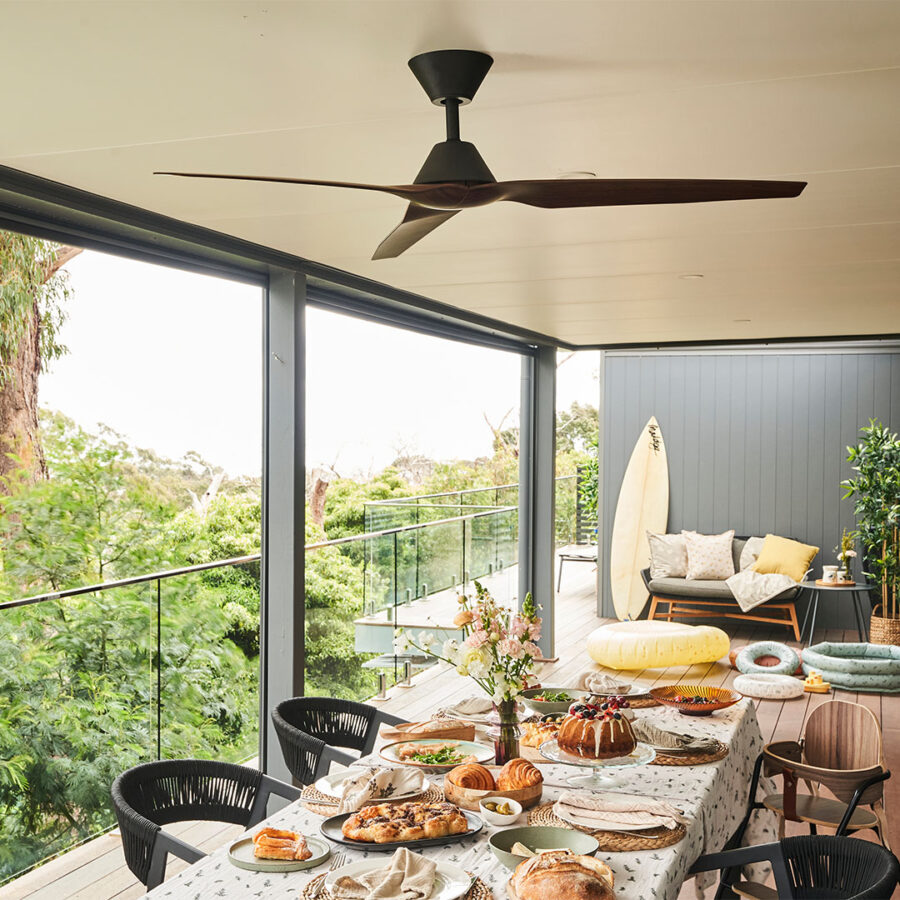
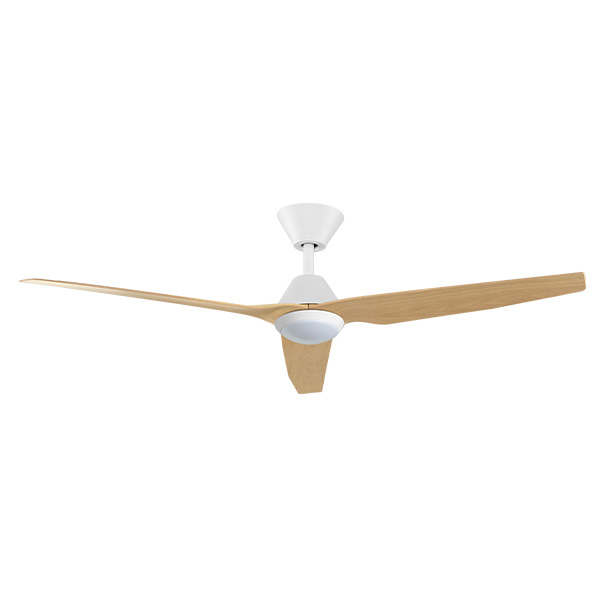
Eco Silent
The Eco Silent fan only consumes 7W at the lowest setting with a whisper-quiet operation thanks to its high-quality DC motor. This fan is an eco-friendly choice that doesn’t compromise performance.
On the outside the Eco Silent features clean lines and a non-obtrusive design that blends seamlessly with any room style, making it an ideal choice for both contemporary and traditional interiors.
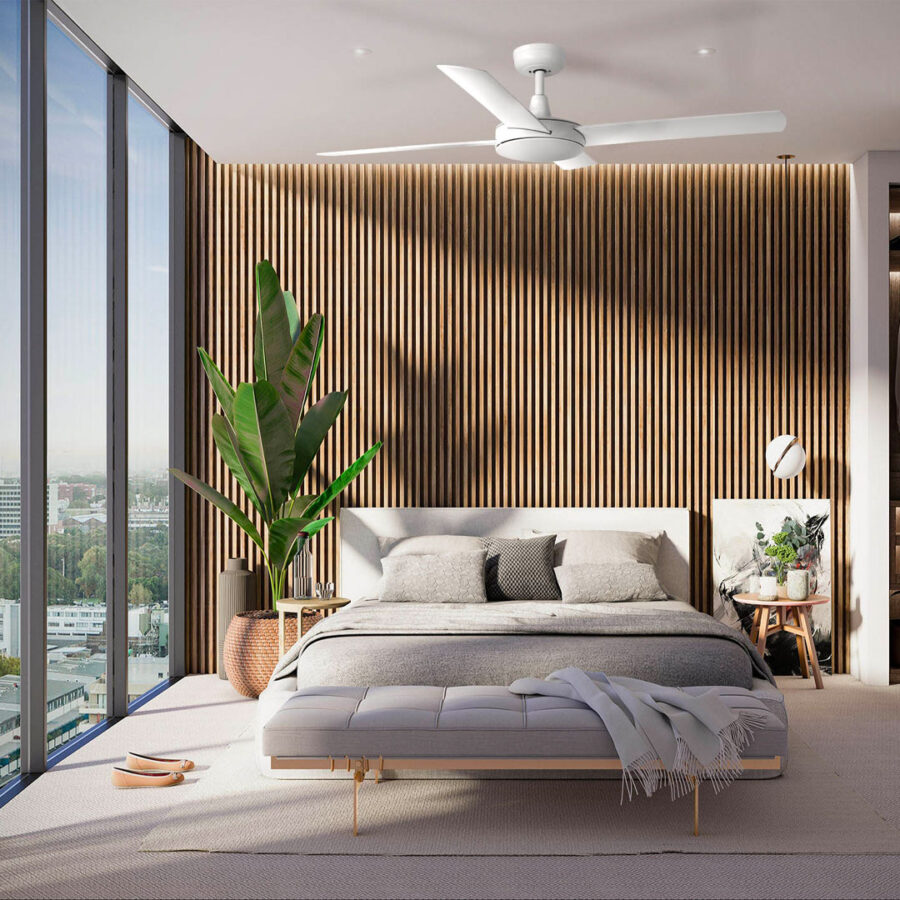
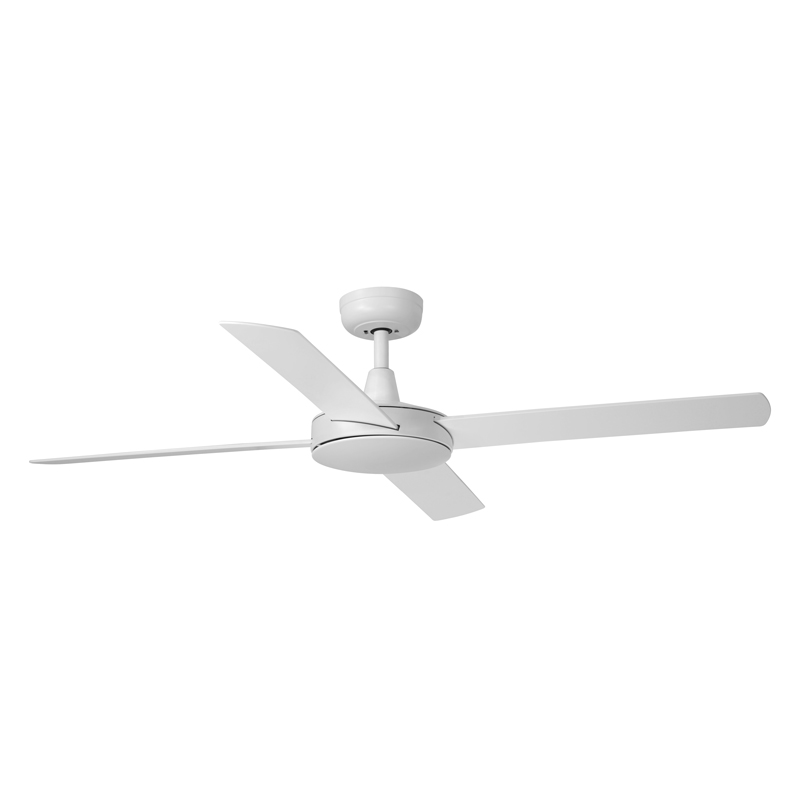
Horizon DC
The Horizon DC is equipped with an efficient DC motor paired with high-performance blades to produce an exceptional airflow of 13, 862 m3/hr at only 25.3 watts at the highest speed.
Crafted from robust and sturdy materials, the Horizon DC is built to withstand Australian weather conditions, making it a perfect addition to both outdoor and coastal settings.
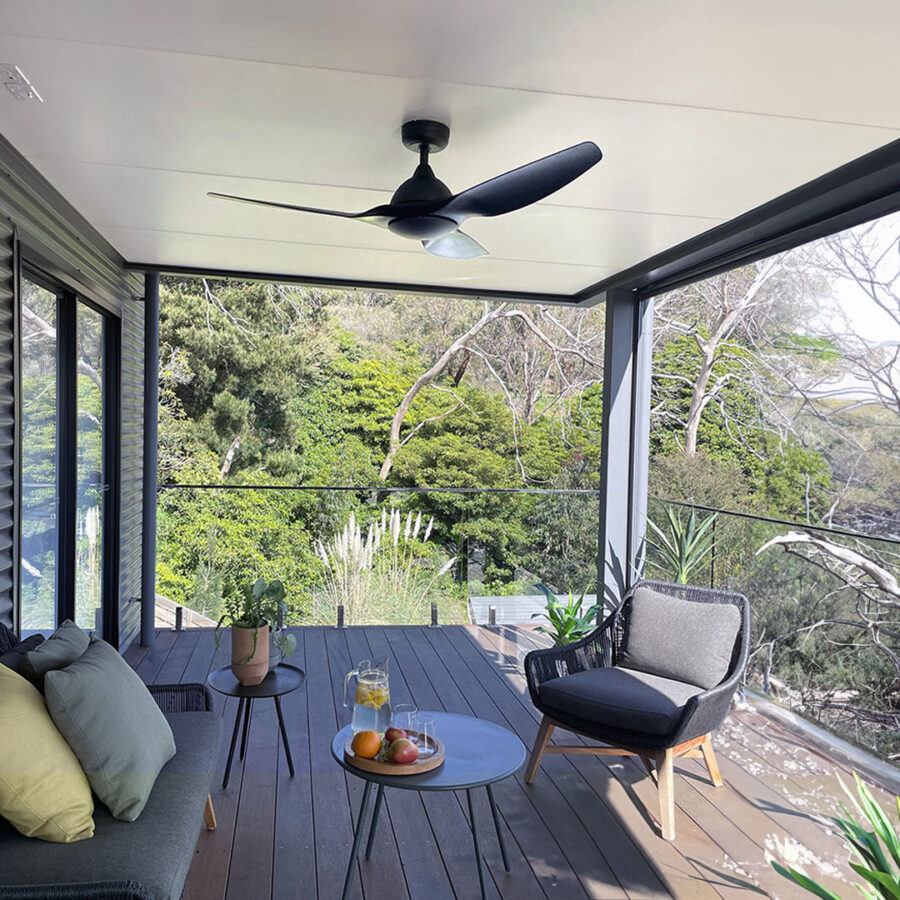
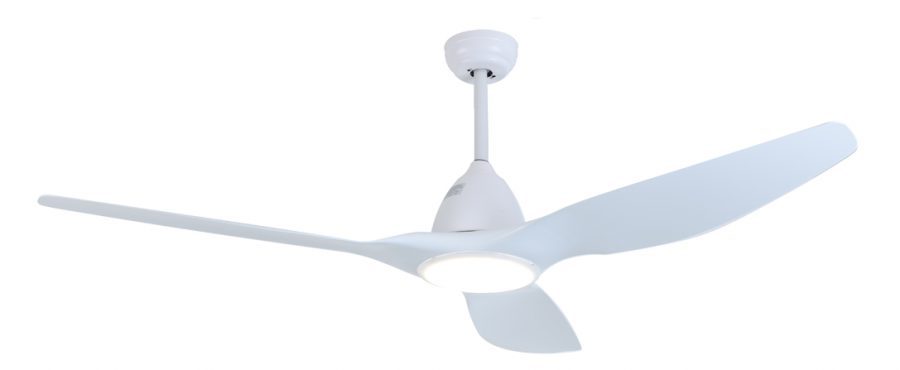
Wynd DC
Amazingly, the Wynd DC only consumes 3W at the lowest speed and spins at a gentle 48 RPM, while at its highest speed reaches an impressive airflow of 11,043 m3/hr. It also features artisanally-crafted timber blades that give it an elegant aesthetic. The Wynd DC may be an eye-catcher but you’ll barely hear it thanks to its efficient, energy-saving DC motor.
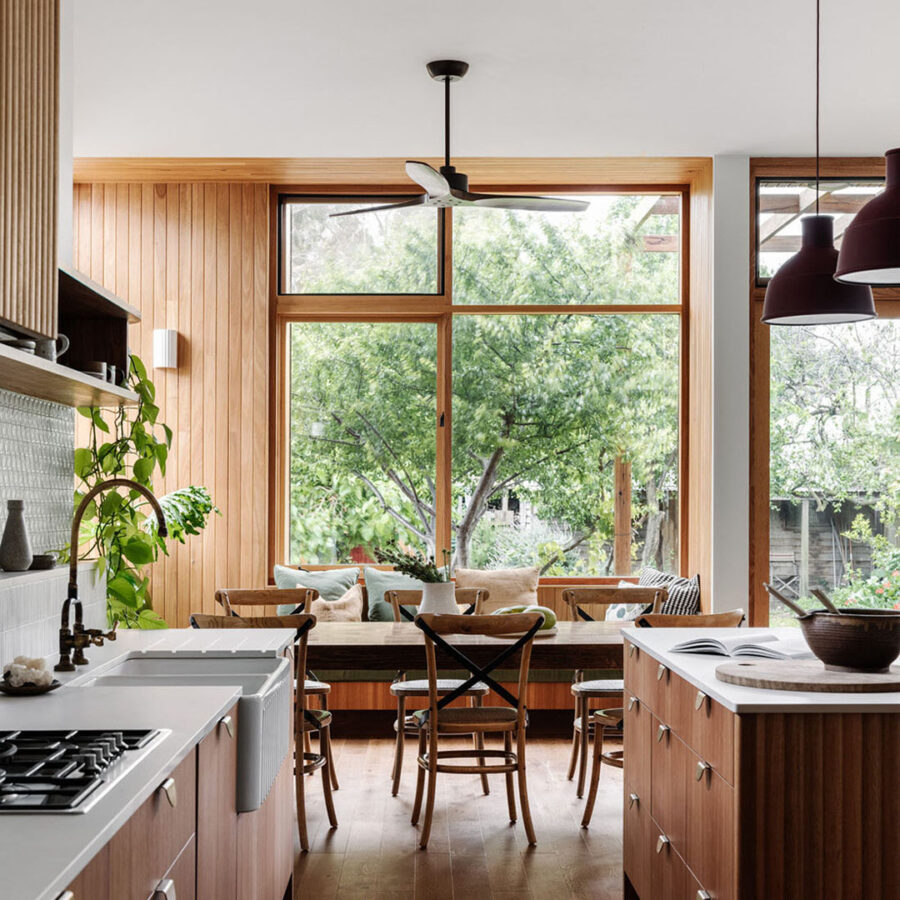
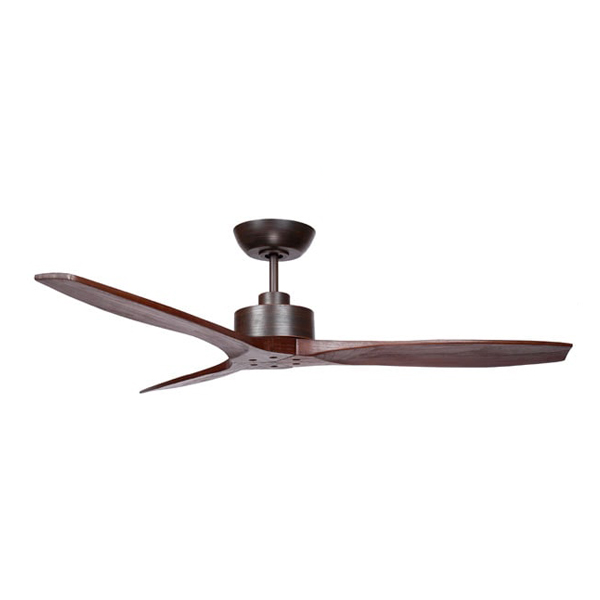
Conclusion
As time goes on, the world will keep changing and society will continue to find ways to innovate and advance. While the benefits of technological leaps are undeniable, they also bring harmful effects to the planet, as evidenced by the changes we are all experiencing.
Most of us have no choice but to adapt and go with the times, but still, there are some things we can do to lessen the negative impact we have on our environment. Using energy-efficient appliances is a huge part of this movement, and luckily, Fanco offers excellent products that allow us to help the environment without compromising our quality of life.
Sources:
- National Oceanic and Atmospheric Administration: https://www.noaa.gov/education/resource-collections/climate/climate-change-impacts
- Environmental and Energy Study Institute:
https://www.eesi.org/topics/energy-efficiency/descriptionUnited - States Environmental Protection Agency:
https://www.epa.gov/statelocalenergy/local-energy-efficiency-benefits-and-opportunities - United Nations Environment Programme:
https://www.unep.org/news-and-stories/story/10-ways-you-can-help-fight-climate-crisis

